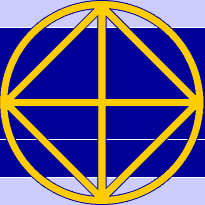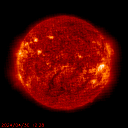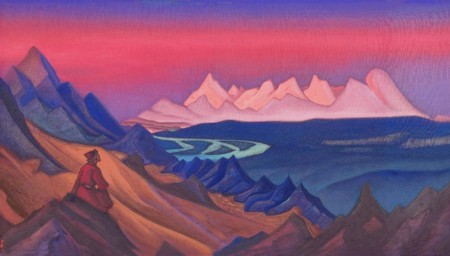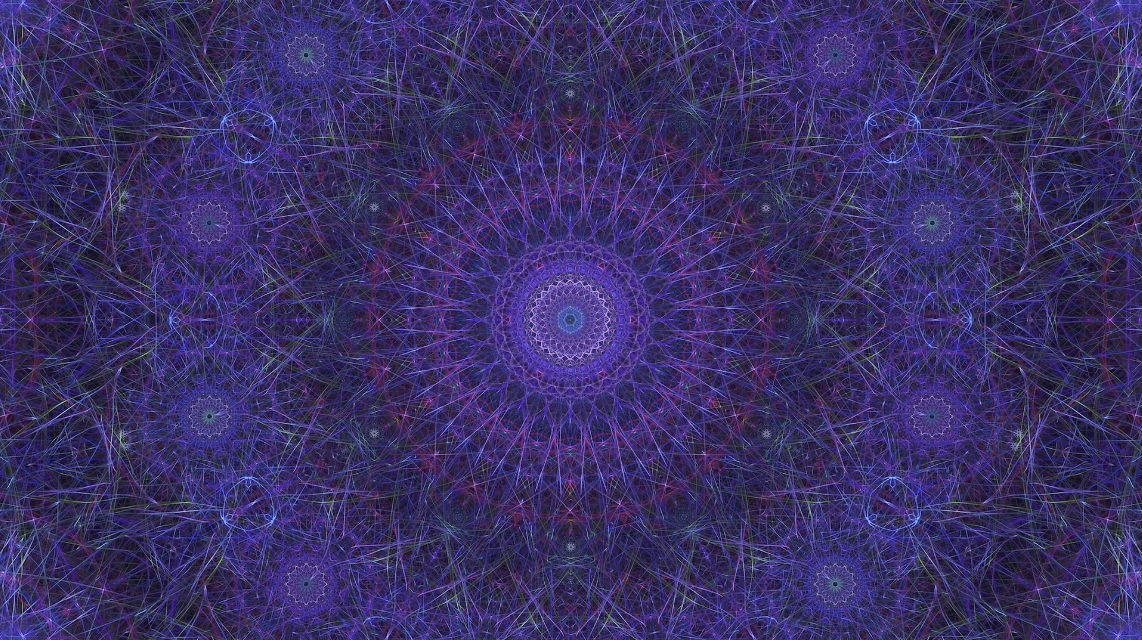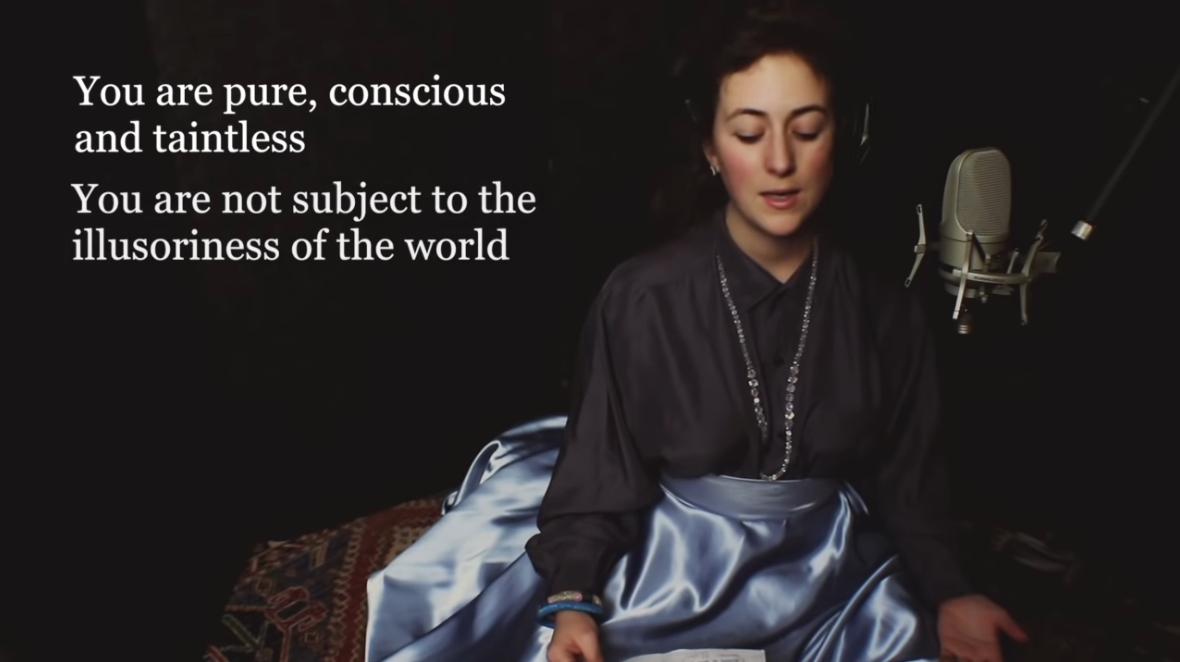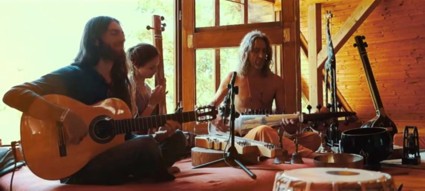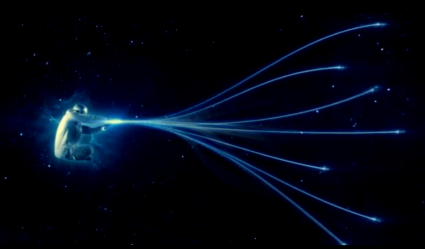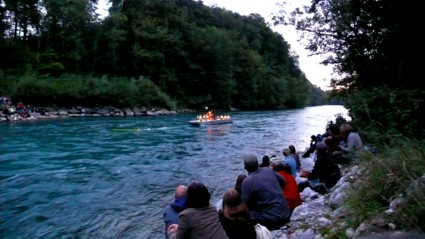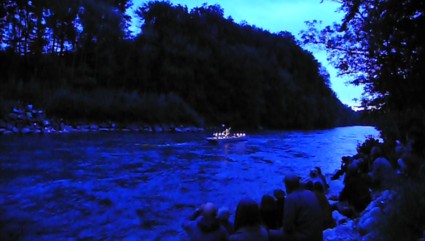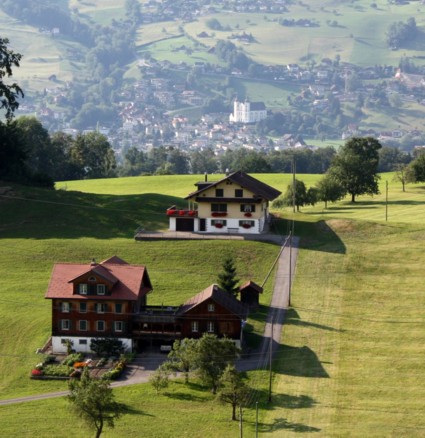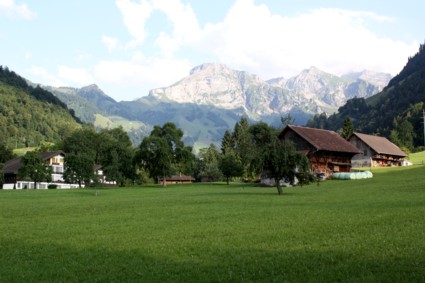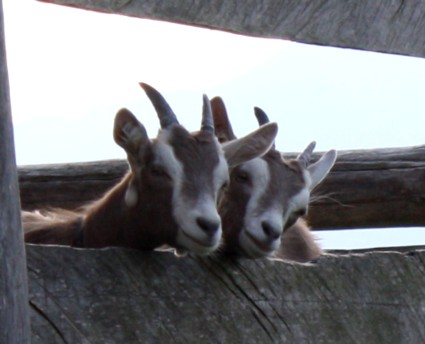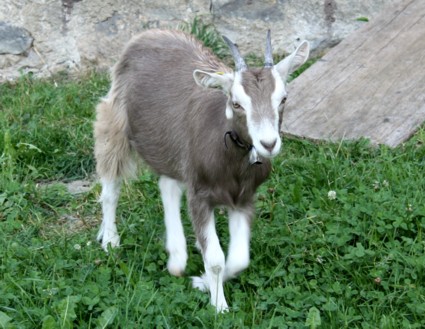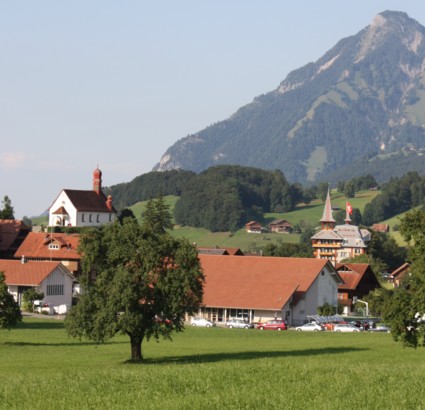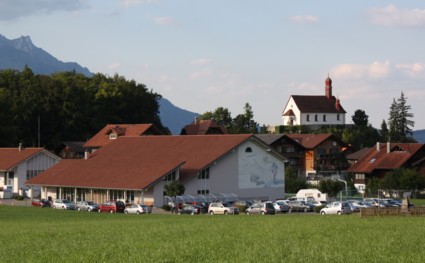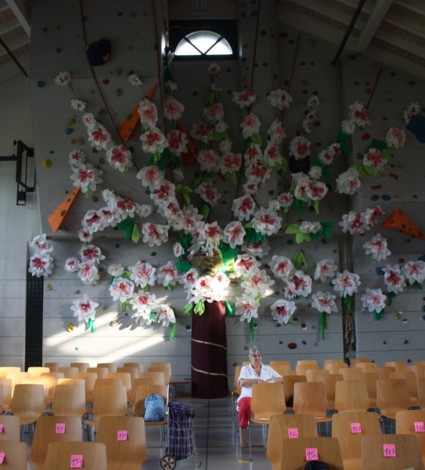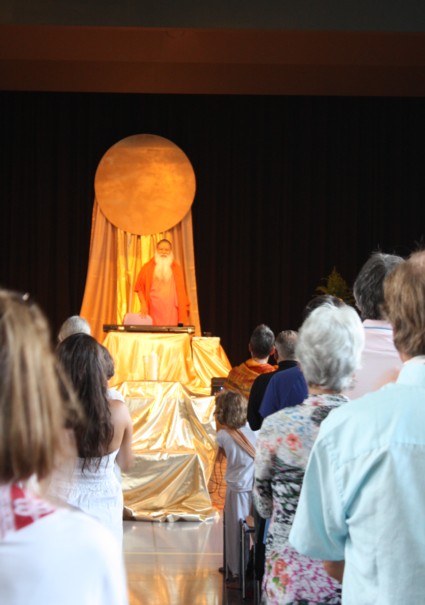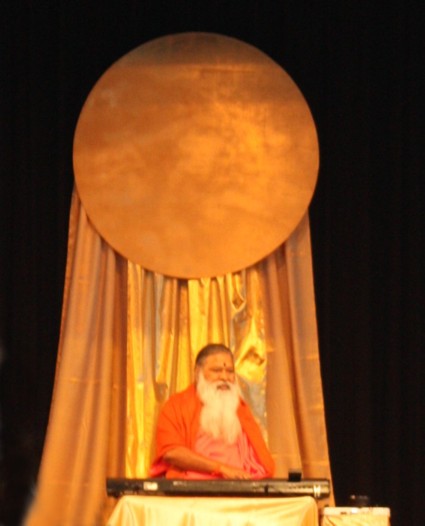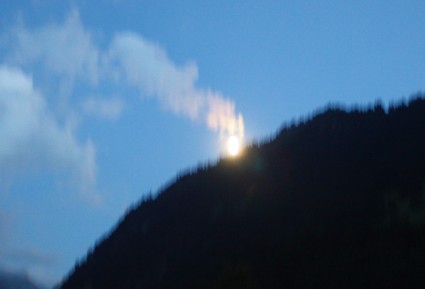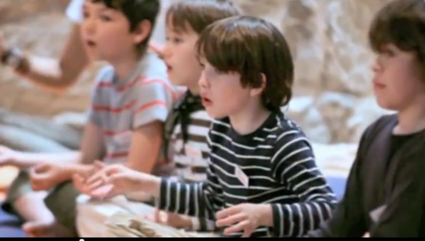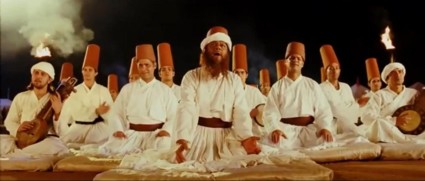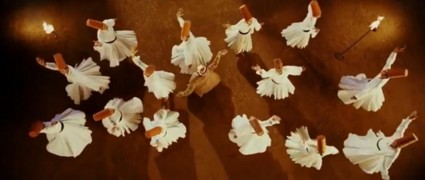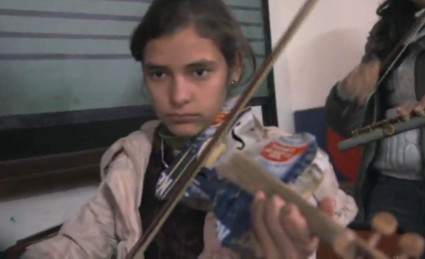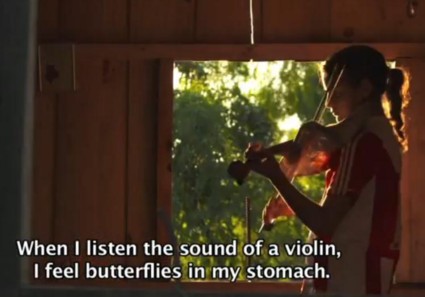Song on Shamballa
Saturday, June 26th, 2021Some days ago, Ch. SathyaDev (Sattibabu), an Indian friend of mine from Visakhapatnam, shared the “Song or Lyric on Shambala“, which he had written on 10 June 2021 – new moon day:
OM Shambala –
Sreem Shambala !
Sham Shambala –
SanMangala !!
1.
Sri Krishna Devuni
Mandra Gaanam
Sanathkumaruni
Sannidhaanam !
Maitreya Buddhula
Paramaa Raamam
– Shambala !!
2.
Maruvu Devaapi Jwaalakuludu
Parama guruvula –
Param dhaamam !
Paramaaanandam –
Paramaayushyam
Nissreyasham! Nirmalam!
– Shambala !!
3.
Kalkyavatharanam-
Janma Kshetram
Lokaa Lokam-
Moksha Kaarakam !
Divya Darsanam –
Navya Sparshanam..
Sanaathanam! Sushobhitham
– Shambala !!
Simple word meaning of the Song on Shamballa:
OM is the name of God or Para Brahma or the Almighty or the Father in Heaven.
Sreem is the seed letter of splendour.
Sham is the seed letter of peace.
SanMangala means ‘That which brings auspicious things’.
Mandra Gaanam is the Music of the Soul.
Sannidhaanam means ‘The Presence’.
Paramaaraamam is the Highest Abode.
Viraajitham means ‘That which shines.’
Supoojitham means ‘well worshipped.’
Parama Guruvulu means ‘The Masters of Wisdom.’
Paramdhaamam means ‘The Highest Abode’.
Paramaaanandam means ‘highest Bliss or Happiness’.
Paramaayushyam means ‘bestows higher longevity’.
Nissreyasham means ‘which bestows liberation’.
Nirmalam means ‘pristine and pure’.
Kalkyavatharanam means ‘The descent of the future Avatar as Kalki’.
Janma Kshetram means ‘place of birth’.
Lokaa Lokam means ’causes salvation in both visible and invisible lokaas’ (planes of existence).
Moksha Kaarakam means ‘The cause of liberation.
Divya Darsanam means ‘Divine Vision’.
Navya Sparsanam means’new divine touch’.
Sanaathanam means ‘Ancient Most’.
Sushobhitham means ‘well illuminated’.
Sattibabu wrote, “With the Grace of our beloved Master E. K… Dedicated to The World Teacher Brotherhood”. He submitted the ‘Song on Shamballa‘ to Master KPK, who answered:
“Dear Sattibabu, I just listened twice the song. I also noted Siva’s inspiration. May the effort be blessed. May you two be blessed.”
